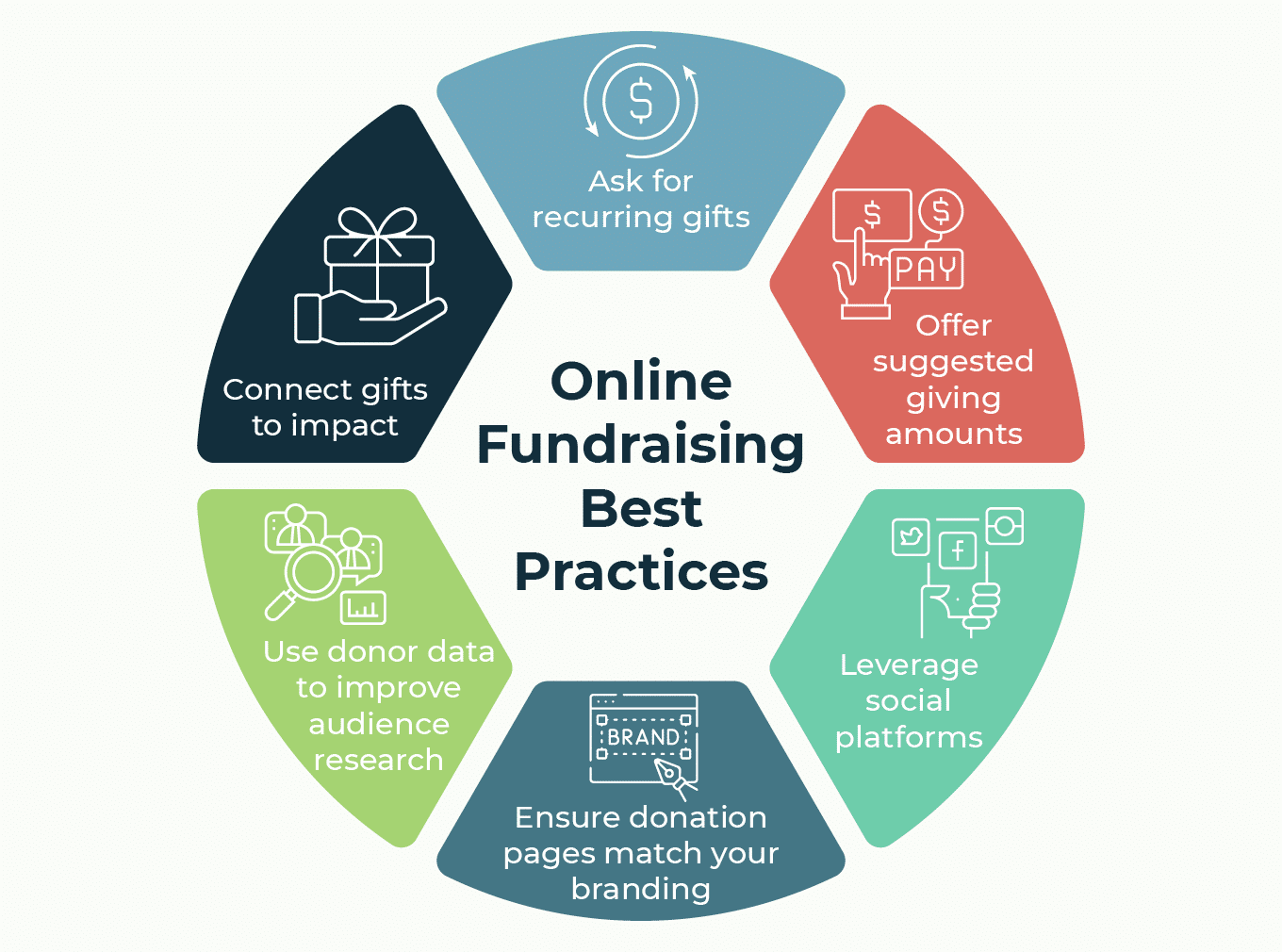Nonprofit Agency: Professional Services to Assistance Your Mission and Goals
Nonprofit Agency: Professional Services to Assistance Your Mission and Goals
Blog Article
The Duty of Community Interaction in Nonprofit Fundraising: Building Lasting Relationships for Lasting Assistance
Neighborhood involvement is progressively acknowledged as a crucial component of effective not-for-profit fundraising. By fostering genuine partnerships with local stakeholders, companies can grow count on and commitment, which are essential for lasting support. However, the strategies and techniques utilized to involve areas differ commonly, elevating important concerns about performance and effect. What are the best methods for growing these important connections, and how can nonprofits determine their success in this field? Recognizing these dynamics can considerably influence the future of fundraising efforts and the general mission of not-for-profit organizations.
Understanding Area Engagement
Area engagement is an important component of successful not-for-profit fundraising efforts. It refers to the approaches and activities that companies employ to link with their neighborhood communities, promoting relationships that are mutually valuable. Understanding neighborhood engagement includes identifying its complex nature, that includes partnership, engagement, and outreach. Nonprofits have to identify essential stakeholders-- such as neighborhood participants, neighborhood organizations, and other organizations-- to produce effective engagement strategies.
Reliable area involvement is asserted on energetic listening and responsiveness to the requirements and rate of interests of the area. This process involves getting comments, understanding community dynamics, and making certain that the company's mission aligns with regional priorities. Engaging the neighborhood can take numerous kinds, consisting of public meetings, volunteer opportunities, and partnership campaigns, each developed to urge participation and financial investment in the organization's goals.
Furthermore, neighborhood involvement should be approached as a recurring dialogue instead than a single initiative. By fostering a comprehensive setting where community voices are listened to and valued, nonprofits can build a solid structure for future fundraising endeavors. Inevitably, a deep understanding of community involvement empowers companies to produce genuine links that improve their overall efficiency and sustainability.
Advantages of Strong Relationships
Solid relationships formed with community involvement return countless benefits for not-for-profit fundraising efforts. Firstly, these relationships foster depend on and reputation, important components in motivating contributors to contribute. When potential fans see a nonprofit actively involved in their community, they are most likely to rely on its mission and effect.

Additionally, these partnerships promote effective interaction. Nonprofits can leverage their connections to share tales of influence, updates, and requires, making sure that fans remain enlightened and involved. This open line of interaction not just strengthens bonds yet also urges referral promo, broadening the not-for-profit's reach.
Lastly, solid area connections can bring in new companions and sponsors. People and organizations are much more likely to align with companies that show purposeful community involvement, supplying extra sources and support that can significantly improve fundraising capacities. Thus, growing robust partnerships through community involvement is integral to a nonprofit's lasting fundraising success.
Strategies for Efficient Involvement
Exactly how can nonprofits effectively involve their communities to boost fundraising efforts? Normal updates, engaging material, and calls-to-action can galvanize community rate of interest and engagement.
2nd, holding community occasions, such as workshops, volunteer opportunities, or fundraising drives, promotes site here face-to-face interaction, allowing nonprofits to showcase their effect and efforts. These events not just raise funds yet additionally cultivate connections and enable community members to involve directly with the reason.
Third, carrying out tailored communication approaches can improve engagement. Tailoring messages to certain benefactor sectors based on passions and previous payments promotes a feeling of belonging and financial investment in the company's goal.
Finally, developing collaborations with neighborhood businesses and area leaders can enhance outreach efforts. Collective efforts can boost exposure and integrity, showing a collective commitment to the community's wellness. By integrating these strategies, nonprofits can build long lasting partnerships that boost fundraising initiatives and drive sustainable support.
Measuring Engagement Success
While engaging the area is crucial for successful not-for-profit fundraising, gauging the performance of these involvement initiatives is just as crucial. Establishing clear metrics enables companies to examine just how well they are getting in touch with their audience and accomplishing their fundraising goals. Trick performance from this source signs (KPIs) such as contributor retention rates, volunteer participation degrees, and involvement on social media systems provide substantial data for analysis.

Consistently assessing these metrics allows companies to pivot their techniques when necessary, ensuring that neighborhood interaction remains aligned with their total goal. Furthermore, sharing these outcomes with stakeholders promotes transparency and develops count on, encouraging more neighborhood participation. Eventually, a robust dimension framework not just informs future fundraising campaigns however also enhances the connection in between the not-for-profit and its advocates, laying the groundwork for sustainable success.
Instance Research Studies in Community Influence
Various study highlight the profound impact that neighborhood engagement can carry not-for-profit fundraising success. One significant instance is the "Food for Thought" effort, where a regional food bank partnered with colleges and services to host neighborhood suppers. These occasions not just elevated funds but likewise cultivated a feeling of belonging amongst individuals, dramatically enhancing donor retention rates.
Another compelling instance is the "Environment-friendly Spaces Task," which entailed regional residents in the revitalization of city parks. This effort not just garnered financial backing from neighborhood organizations but additionally grew a volunteer base that added to ongoing maintenance and shows. The feeling of ownership and satisfaction amongst community participants translated into sustained payments.
In the world of arts, the "Art for All" project successfully involved local artists and customers to create collective art installations, leading to boosted visibility and contributions for a regional arts not-for-profit.
These examples highlight that when nonprofits prioritize community participation, they can produce long-term connections that boost fundraising initiatives, guaranteeing sustainable support and cultivating a dynamic neighborhood culture. Such situations demonstrate that area interaction is not simply a method however a vital column of nonprofit success.
Verdict
In conclusion, community engagement is essential to the success of not-for-profit fundraising initiatives. By fostering strong connections with neighborhood stakeholders, companies address boost trust fund and credibility, resulting in enhanced donor retention and loyalty. Executing reliable involvement strategies and determining their influence ensures that nonprofits can prosper and adapt. Ultimately, a robust foundation of community assistance not just enhances fundraising potential however additionally cultivates a society of partnership, essential for attaining long-term organizational objectives and sustaining meaningful influence.
Nonprofits need to recognize essential stakeholders-- such as neighborhood participants, local businesses, and various other organizations-- to create reliable engagement approaches.

In conclusion, area involvement is indispensable to the success of nonprofit fundraising initiatives.
Report this page